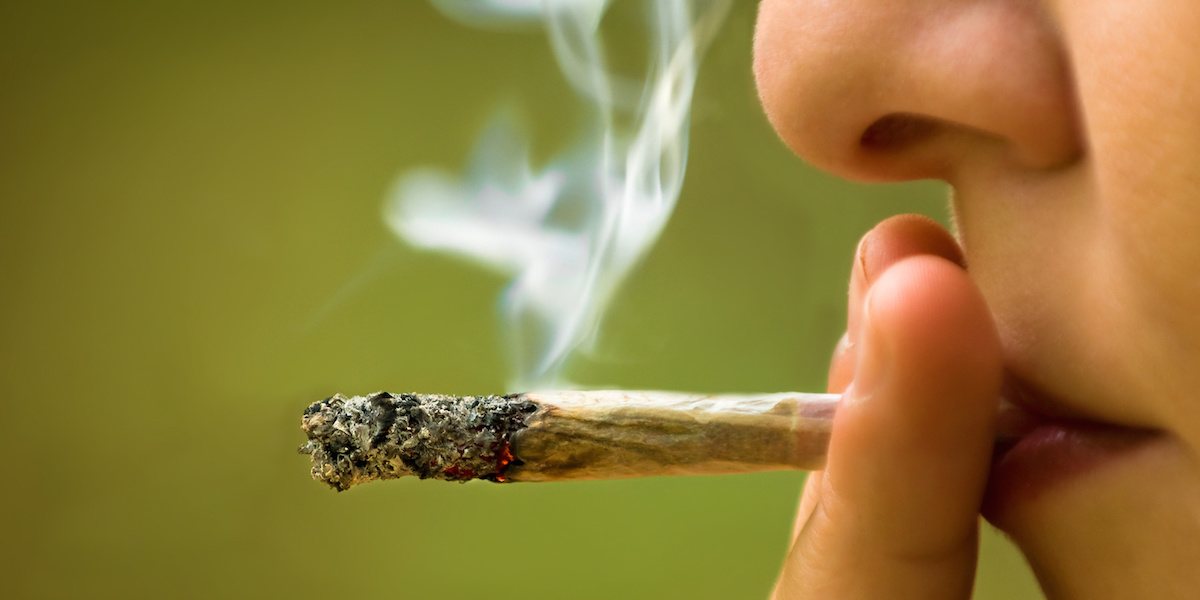
The following is excerpted from an online article posted by MedicalXpress.
Rats with alcohol exposure in adolescence are less able as adults to adapt their behavior in changing circumstances, according to a study that highlights the possible brain mechanisms involved. The findings may help us better understand ways that alcohol use during the teen years can lead to long-lasting cognitive and behavioral impairments.
Adolescence is a period of rapid brain development, and commonly—in humans—for initiating alcohol use, including binge drinking. For the study published in Alcohol: Clinical & Experimental Research, investigators used rats to explore the mechanisms by which early alcohol exposure may persistently impair certain types of learning.
Previous research has shown a link between intermittent alcohol exposure in rats during adolescence and reduced behavioral flexibility as adults. These studies implicated brain regions, including the anterior insular cortex (AIC), which is involved in various emotions and behaviors.
A key element of adolescent brain development involves parvalbumin-expressing (PV+) interneurons—neurons in the central nervous system that synchronize the activity of other neurons and are likely involved in attention and cognition. PV+ neurons are surrounded by perineuronal nets (PNNs), protective lattice-like structures.
Researchers at the University of North Carolina at Chapel Hill worked with 38 adult male and female rats (18 alcohol-exposed and 20 non-exposed control animals) to explore these changes in brain chemistry and related behavioral deficits following adolescent alcohol exposure.
After behavioral testing, samples were taken from relevant brain regions to assess for PV+ neurons and PNNs and researchers found the alcohol-exposed rats struggled overall, performing worse than controls—with female alcohol-exposed rats making more errors than males.
The most striking brain differences were in the AIC. There, alcohol-exposed rats had smaller PV+ cells than control rats. The alcohol-exposed rats also had more PV+ neurons surrounded by PNNs and a greater number of PNNs, suggesting that alcohol exposure leads to PNN changes within the AIC.
The behavioral and brain findings add to evidence of the link between adolescent alcohol use, neuronal changes, and diminished behavioral flexibility in adult rats.
Source: MedicalXpress
https://medicalxpress.com/news/2024-07-teen-alcohol-exposure-impairs-behavioral.html

 The Hidden Mental Health Danger in Today’s High-THC Cannabis
The Hidden Mental Health Danger in Today’s High-THC Cannabis  Teen Suicide, Binge Drinking Decline, New National Data Show
Teen Suicide, Binge Drinking Decline, New National Data Show  Vaping May Be Reversing Decades of Progress Against Youth Smoking
Vaping May Be Reversing Decades of Progress Against Youth Smoking